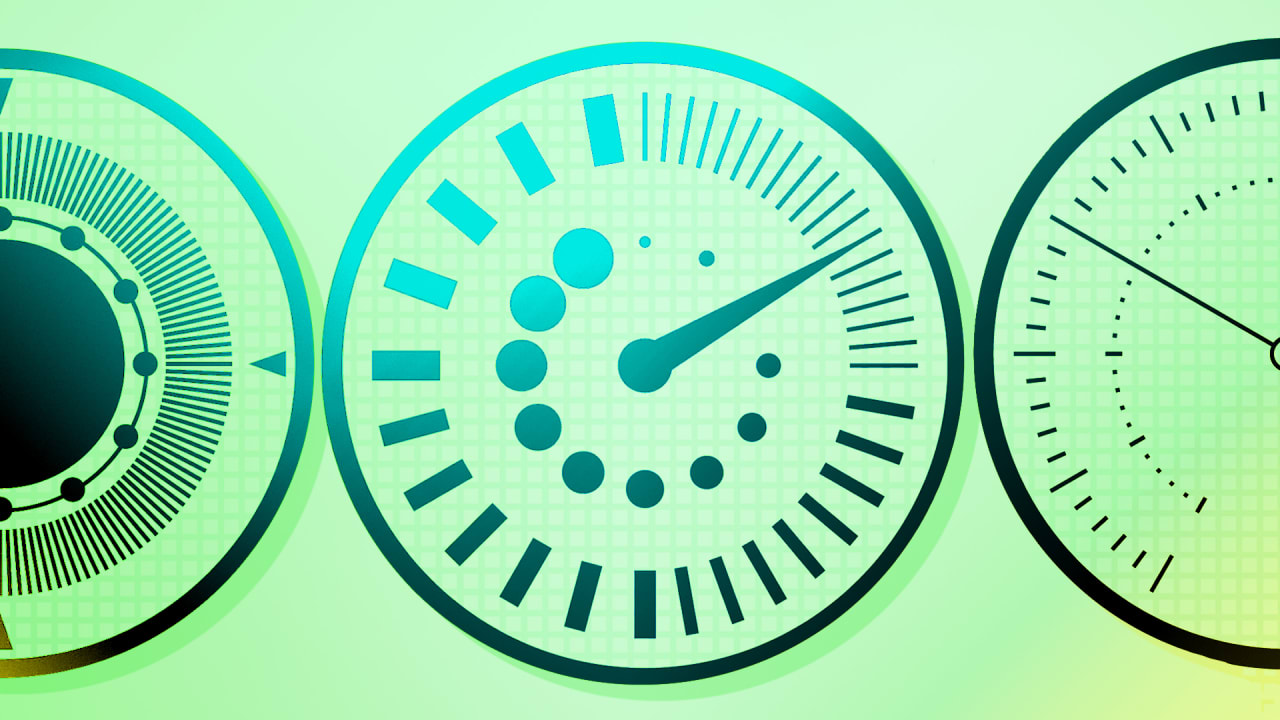We need more data transparency around internet access speeds
On-net speed tests have led to claims that the median fixed broadband speed in the U.S. in May 2022 was over 150 Mbps. Meanwhile, off-net speed tests of U.S. broadband show median speeds that are quite a bit lower—median U.S. speeds for May 2022 were under 50 Mbps.
This results in a real disconnect between the way policymakers and ISPs understand connectivity, and the lived consumer experience. ISPs’ business decisions can create bottlenecks at the edges of their networks, as when they implement lower-cost, lower-speed interconnections to other ISPs. This means that their broadband speed measurements fail to capture the results of their own decisions, which allows them to claim to deliver broadband speeds that their customers often do not experience.
Transparency
To protect consumers, the FCC will need to invest in building a set of broadband speed measures, maps, and public data repositories that enables researchers to access and analyze what the public actually experiences when people purchase broadband connectivity. Prior efforts by the FCC to do this have been heavily criticized as imprecise and inaccurate.
The FCC’s latest proposal for the creation of a National Broadband Map—at an estimated cost of $45 million—is already receiving criticism because its measurement process is a “black box,” meaning its methodology and data are not transparent to the public. The FCC also appears to once again rely almost entirely on ISP self-disclosure for its data, which means that it is likely to vastly overstate not only speeds, but where broadband is available as well.
The new National Broadband Map may, in fact, be far worse in terms of data access because of fairly stringent licensing arrangements under which the FCC appears to have granted control over the data—collected with public funding—to a private company to then commercialize. This process is likely to make it extremely difficult to accurately ascertain the true state of U.S. broadband.
Lack of transparency about these new maps and the methodologies undergirding them could lead to major headaches in disbursing the $42.5 billion in broadband infrastructure grant funding through the Broadband Equity, Access, and Deployment Program.
Independent analysis like the initiative from Consumer Reports, Let’s Broadband Together, is crowdsourcing data collection of monthly internet bills from across the country. (Full disclosure: I’m an adviser to this project.) Efforts like these from consumer groups are crucial to shed more transparency on the problem that official measures differ from consumer experience. The FCC’s methodologies have been greatly inaccurate, which has hampered the nation’s ability to address the digital divide.
Reliable, fast access to the internet is a necessity to work, learn, shop, sell, and communicate. Making informed telecommunications policy decisions and reining in false advertising is a matter not just of what gets measured but how it’s measured. Otherwise, it’s difficult to know whether the broadband service you get is the service you pay for.
irector of X-Lab and Palmer Chair in telecommunications at Penn State.

On-net speed tests have led to claims that the median fixed broadband speed in the U.S. in May 2022 was over 150 Mbps. Meanwhile, off-net speed tests of U.S. broadband show median speeds that are quite a bit lower—median U.S. speeds for May 2022 were under 50 Mbps.
This results in a real disconnect between the way policymakers and ISPs understand connectivity, and the lived consumer experience. ISPs’ business decisions can create bottlenecks at the edges of their networks, as when they implement lower-cost, lower-speed interconnections to other ISPs. This means that their broadband speed measurements fail to capture the results of their own decisions, which allows them to claim to deliver broadband speeds that their customers often do not experience.
Transparency
To protect consumers, the FCC will need to invest in building a set of broadband speed measures, maps, and public data repositories that enables researchers to access and analyze what the public actually experiences when people purchase broadband connectivity. Prior efforts by the FCC to do this have been heavily criticized as imprecise and inaccurate.
The FCC’s latest proposal for the creation of a National Broadband Map—at an estimated cost of $45 million—is already receiving criticism because its measurement process is a “black box,” meaning its methodology and data are not transparent to the public. The FCC also appears to once again rely almost entirely on ISP self-disclosure for its data, which means that it is likely to vastly overstate not only speeds, but where broadband is available as well.
The new National Broadband Map may, in fact, be far worse in terms of data access because of fairly stringent licensing arrangements under which the FCC appears to have granted control over the data—collected with public funding—to a private company to then commercialize. This process is likely to make it extremely difficult to accurately ascertain the true state of U.S. broadband.
Lack of transparency about these new maps and the methodologies undergirding them could lead to major headaches in disbursing the $42.5 billion in broadband infrastructure grant funding through the Broadband Equity, Access, and Deployment Program.
Independent analysis like the initiative from Consumer Reports, Let’s Broadband Together, is crowdsourcing data collection of monthly internet bills from across the country. (Full disclosure: I’m an adviser to this project.) Efforts like these from consumer groups are crucial to shed more transparency on the problem that official measures differ from consumer experience. The FCC’s methodologies have been greatly inaccurate, which has hampered the nation’s ability to address the digital divide.
Reliable, fast access to the internet is a necessity to work, learn, shop, sell, and communicate. Making informed telecommunications policy decisions and reining in false advertising is a matter not just of what gets measured but how it’s measured. Otherwise, it’s difficult to know whether the broadband service you get is the service you pay for.
irector of X-Lab and Palmer Chair in telecommunications at Penn State.
